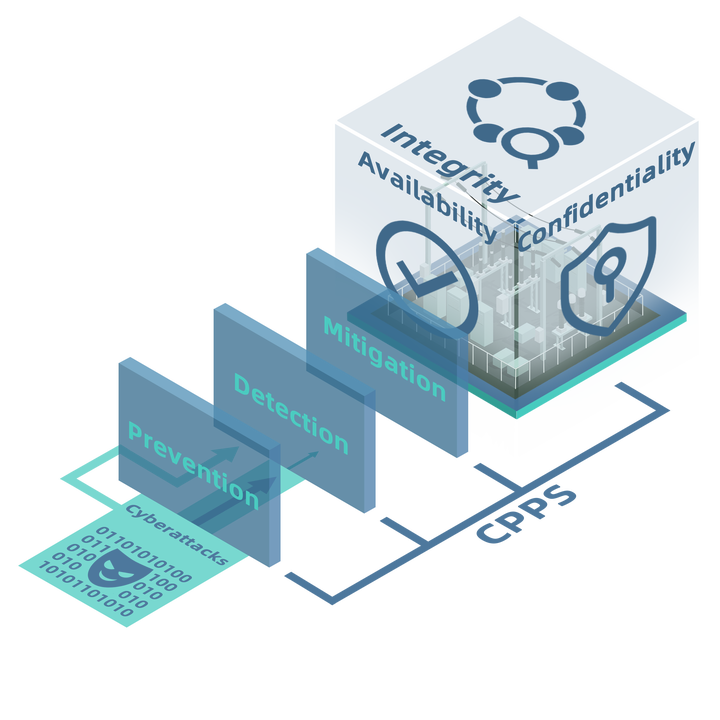On the resilience of modern power systems: A comprehensive review from the cyber-physical perspective

Abstract
The digital transformation of power systems into cyber-physical systems (CPSs) is the inevitable trend of modern power systems with the integration of large-scale renewable energy. The in-depth interdependence of cyber and physical spaces leads to more complicated external environments for such cyber-physical power systems (CPPSs) and brings great challenges to the resilience of CPPSs. A resilient CPS imposes strict requirements for its ability to cope with high-impact, low-probability cyber-physical disturbances. To better study the vulnerability and resilience of CPPSs, several representative blackouts from the past two decades are reviewed from the cyber-physical perspective. Inspired by general system theory, this study offers a framework with three key features of a CPPS and presents the three-layer interdependences from facilities to functions. The differences between CPPS resilience and conventional power system resilience are also emphasized. Thereafter, the study discusses the influence of cyber-physical disturbances from natural hazards, cyberattacks, and human-in-the-loop on the resilience of CPPSs. Accordingly, a survey of the state-of-the-art resilience-oriented techniques for CPPS in the face of natural hazards is organized based on quantitative metrics as well as planning and operation attributes. Regarding the resilience against cyberattacks, relevant cutting-edge research is reviewed in terms of prevention, detection, and mitigation strategies. Furthermore, from the cyber-physical-social perspective, the exploitation of social behaviors to inform the design of the physical system and the cyber system to ultimately enhance the resilience of CPPSs is also studied. Based on the findings from this research, the remaining challenges and the broad prospects of cyber-physical resilience enhancement techniques are also discussed.